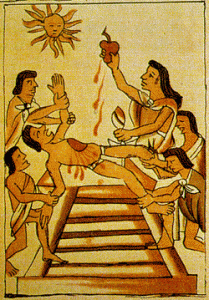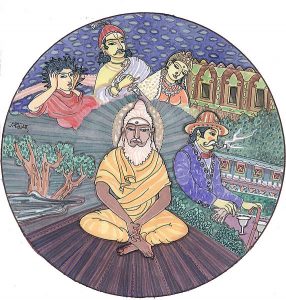Death is already an uncomfortable topic to talk about, let alone the idea of human sacrifices. From the pre-Columbian era, human sacrifices were pretty common in Maya culture. The Maya civilization covered a large area of land which included southeastern Mexico and northern Central America. The reasoning behind this ritual was due to the belief that it was offering of nourishment to the gods. The sacrifice of a living creature was a powerful offering and a human sacrifice was the ultimate one. Usually, only high status prisoners of war were sacrificed while other captives were used as the labor force.
There were several different ways these sacrifices occurred. The most common ways were decapitation and heart removal. Dedication to a new building or new ruler required a human sacrifice. Many of these were depicted in Maya artwork and sometimes took place after the victim was tortured (beaten, scalped, burned, etc.). If the sacrifice happened through heart removal it took place in the courtyard of the temple or summit of the pyramid-temple. The person was painted blue and wore a headdress while being held down by four attendants representing the cardinal directions. The nacom, or official, used a sacrificial knife to cut into the victims chest and pull out the heart. He then would pass the heart to the priest, known as the chilan, where then the blood would be smeared onto the image of the god. Once this occurred, the body was thrown down the steps and skinned by assistant priests but the hands and feet were left alone. The chilan then wore the skin of the victim and performed a ritual dance of rebirth.
These rituals provided hope and security to the Maya culture and demonstrated their own outlooks on death.
Sources:
“Human Sacrifice in Maya Culture.” Wikipedia. Wikimedia Foundation, 07 Feb. 2017. Web. 22 Feb. 2017.
“Maya Civilization.” Wikipedia. Wikimedia Foundation, 19 Feb. 2017. Web. 22 Feb. 2017.


